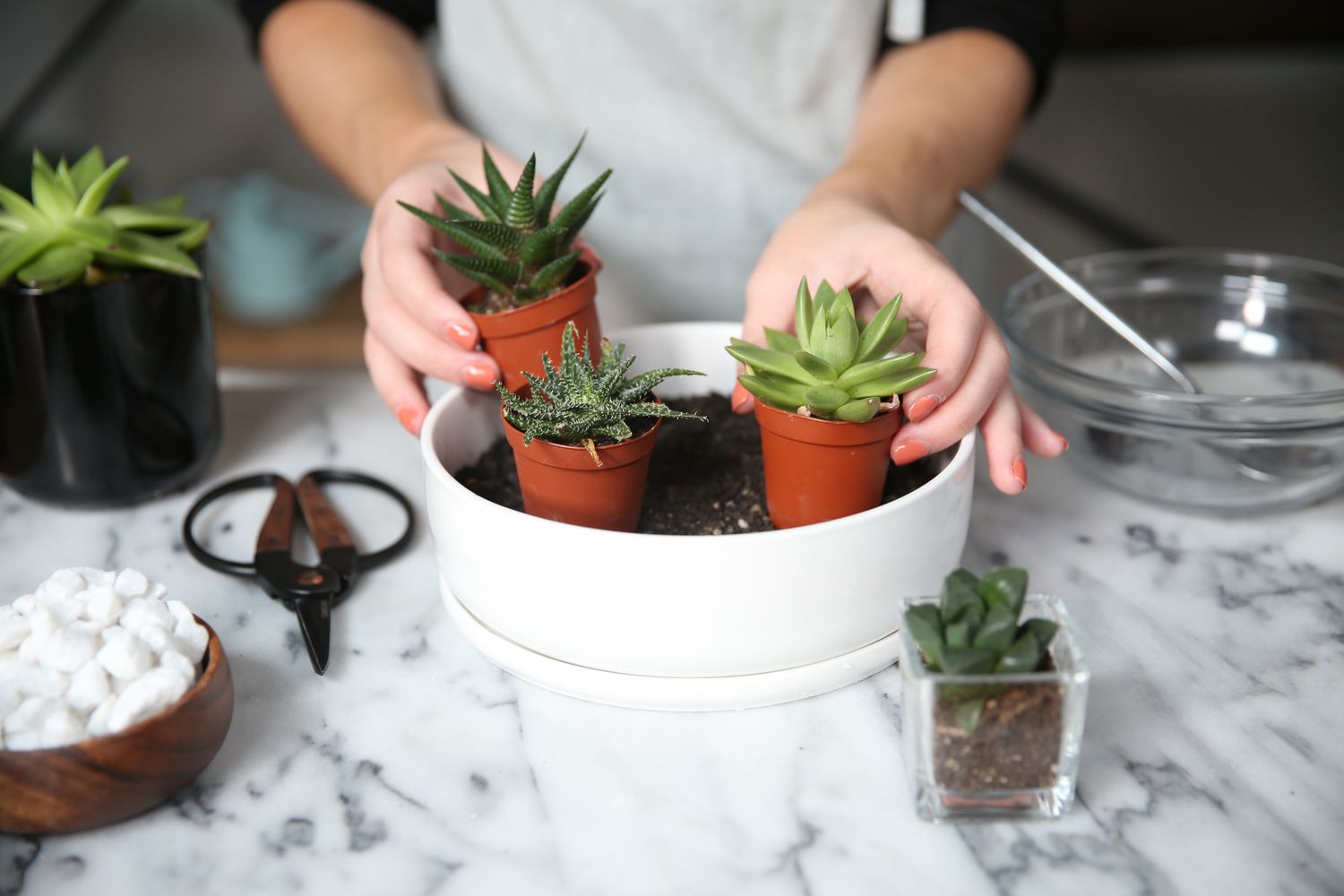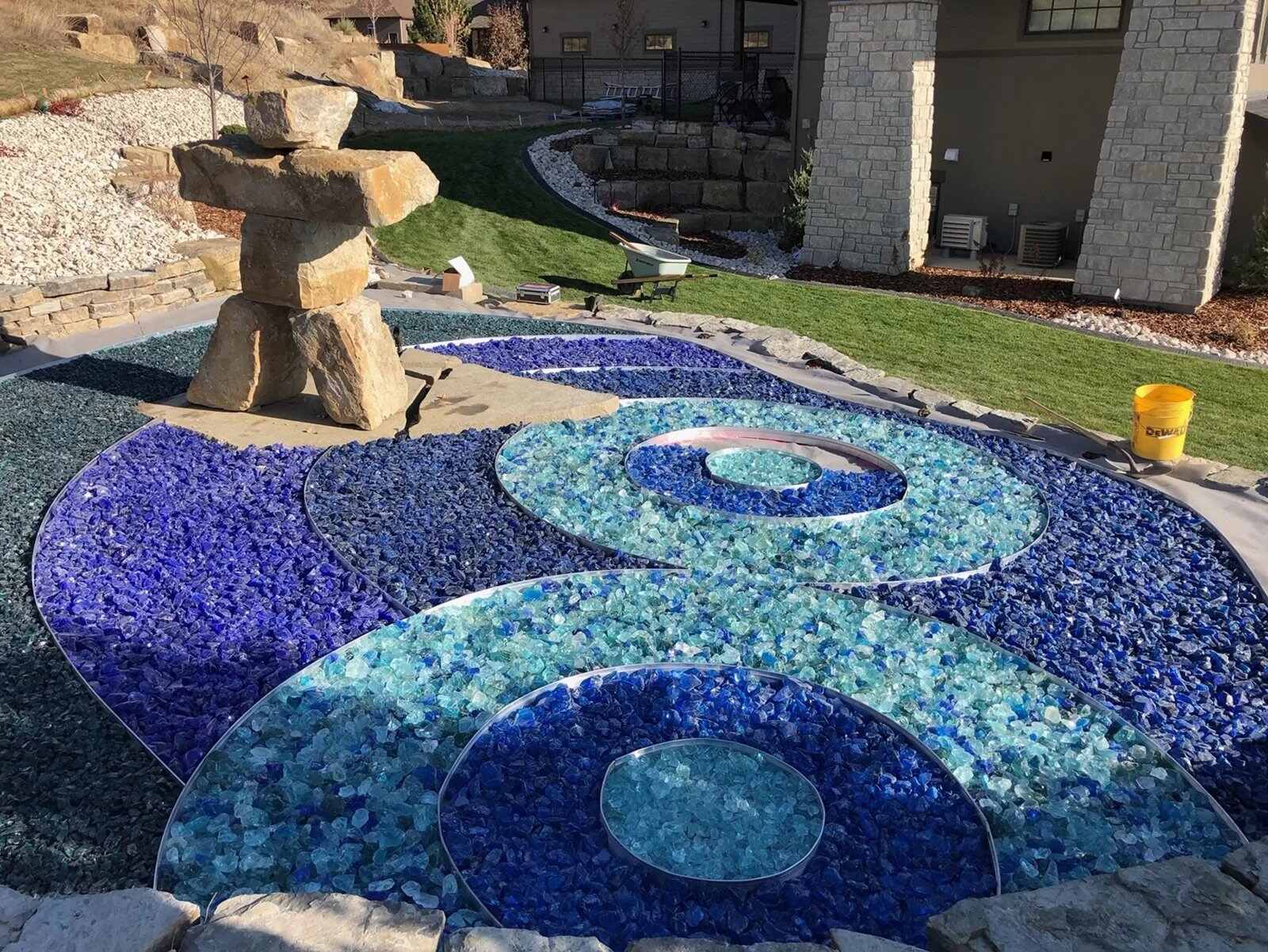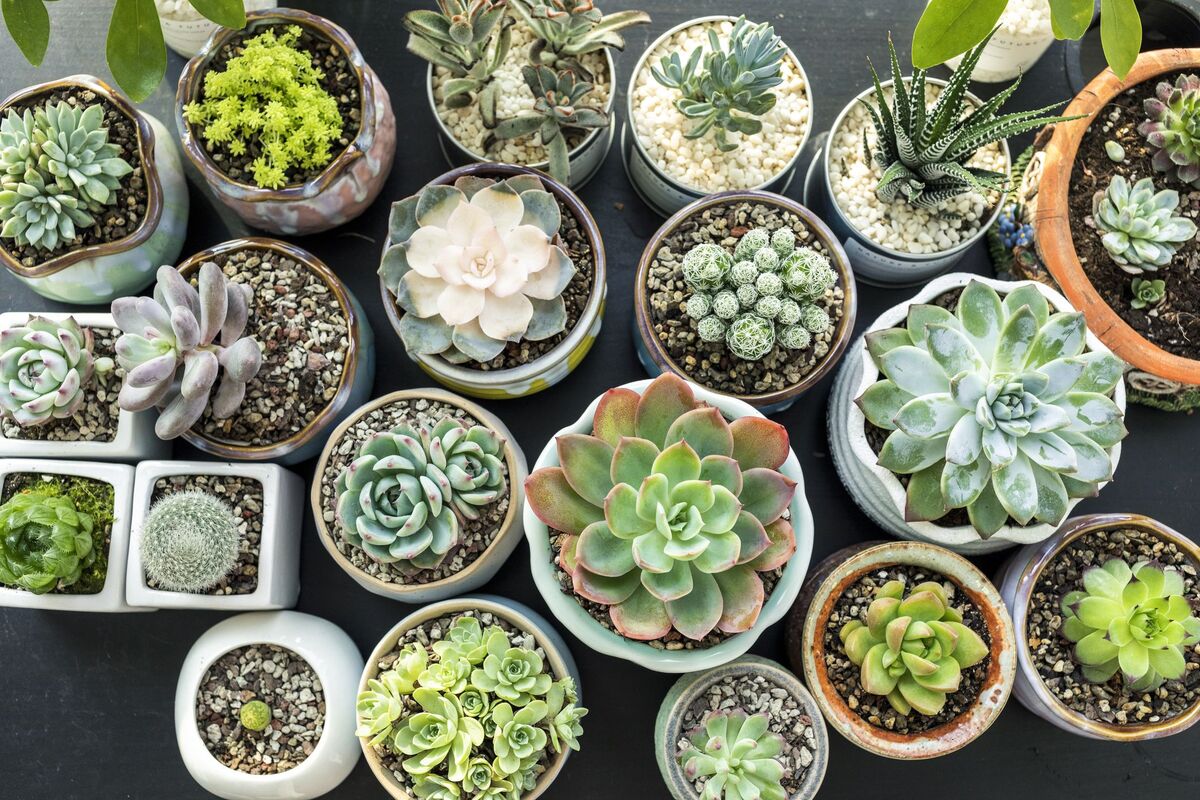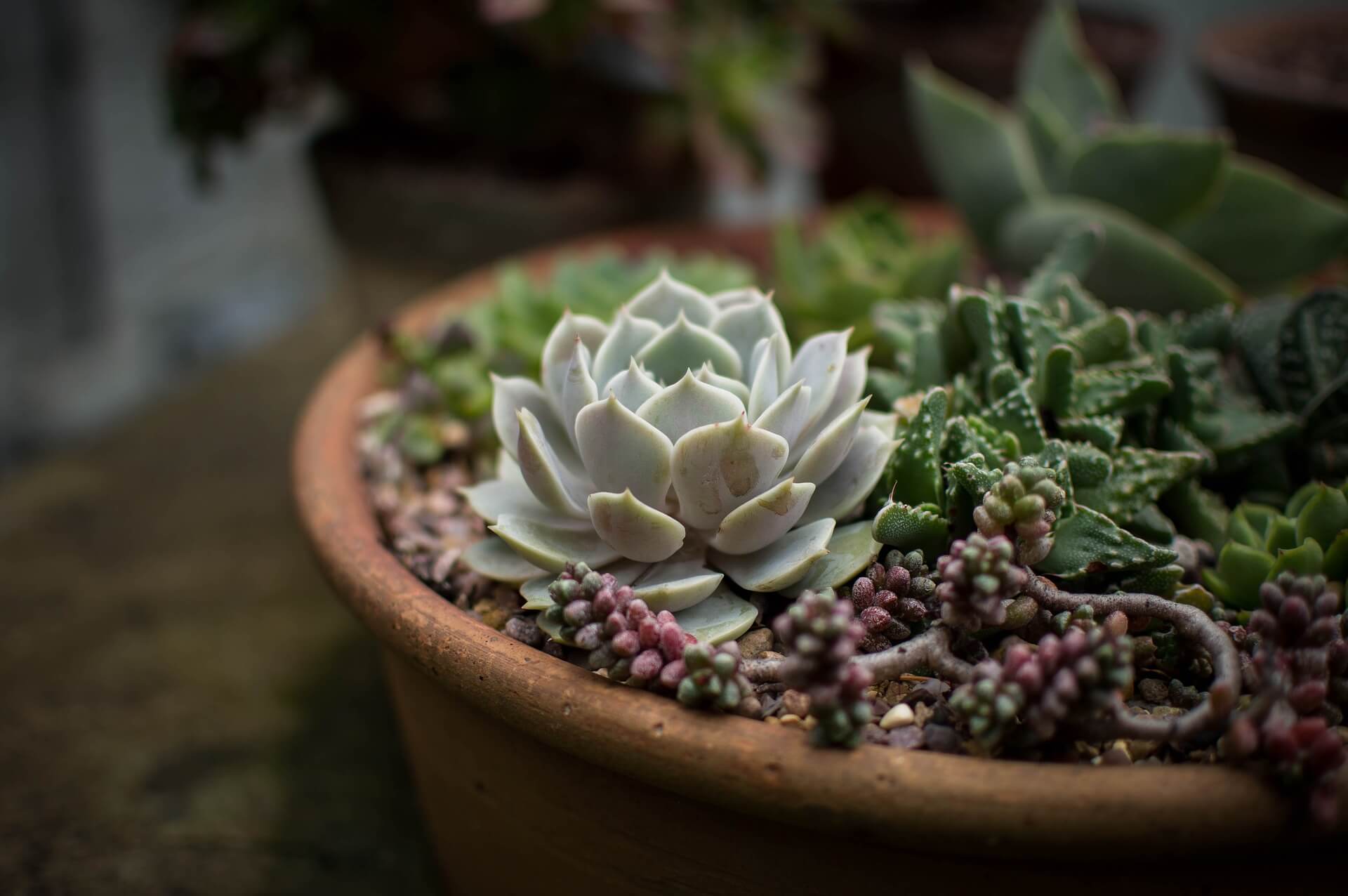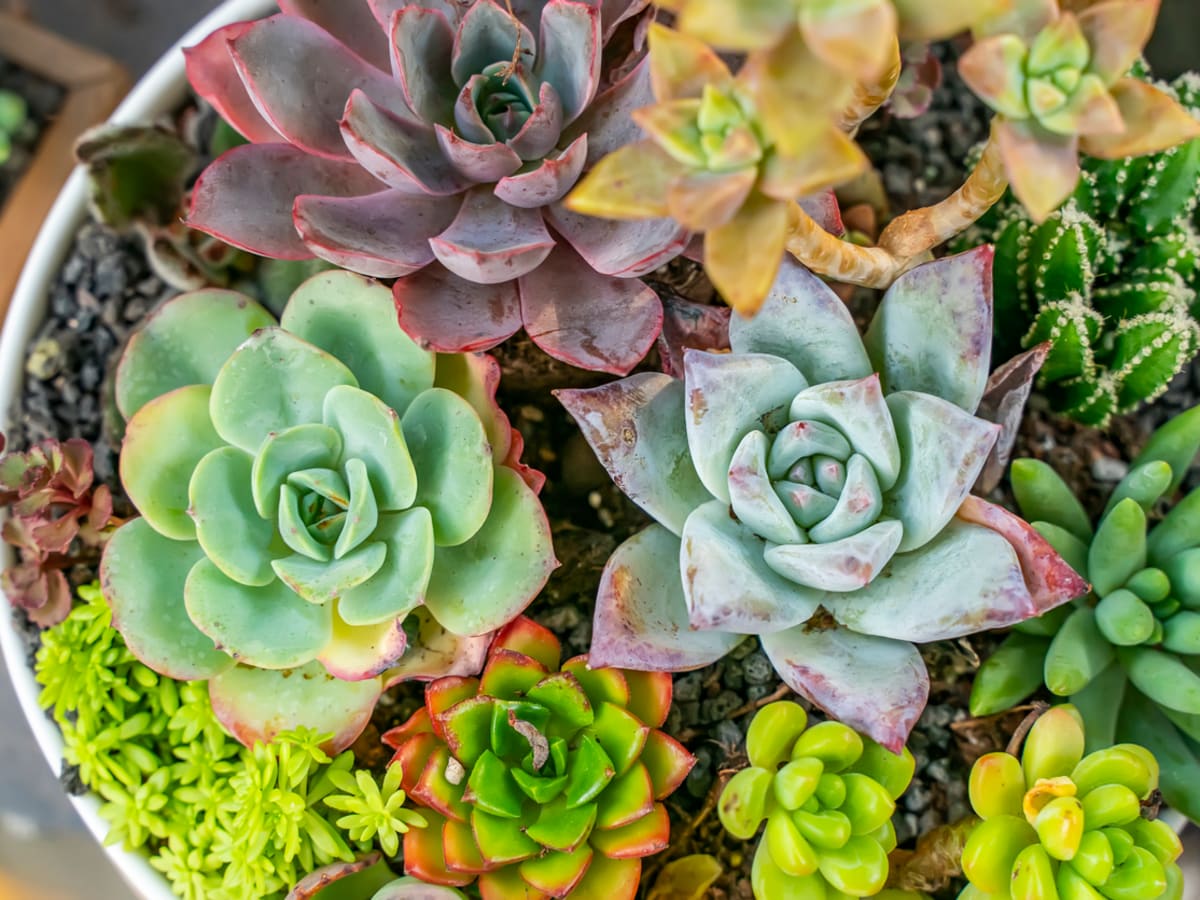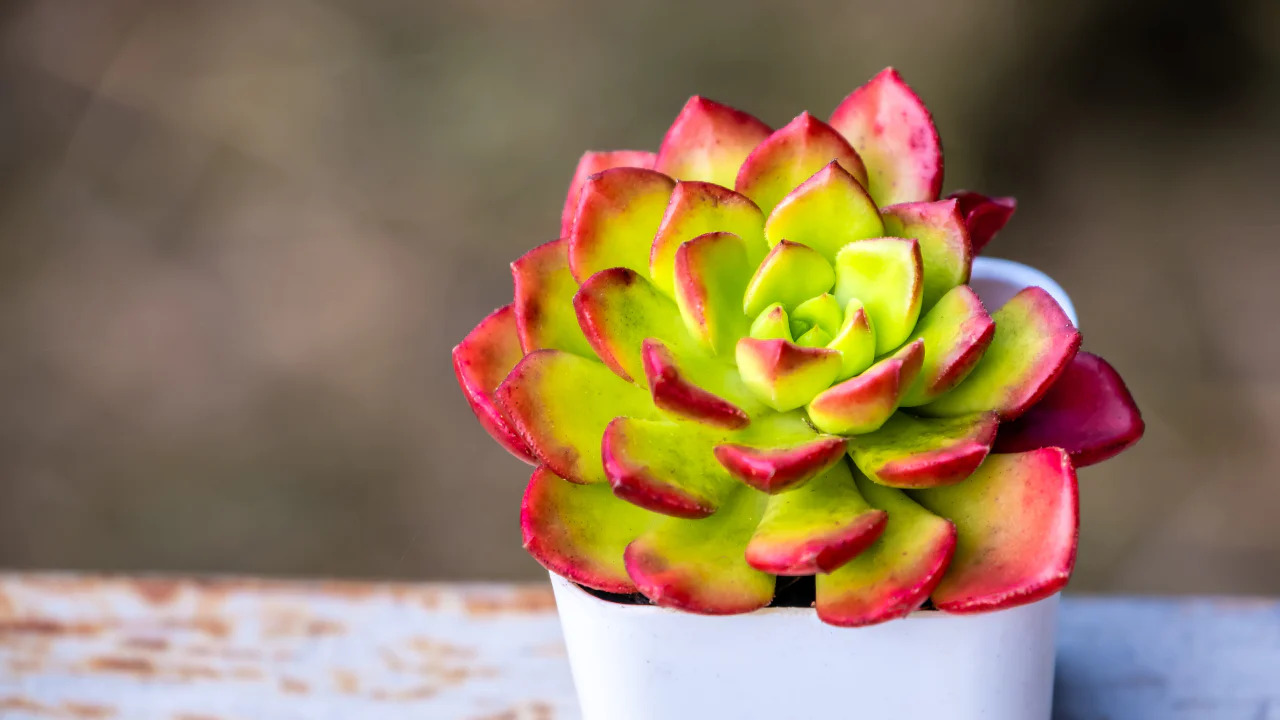Home>Types of Gardening>Ornamental Gardening>How To Plant Succulents In Glass
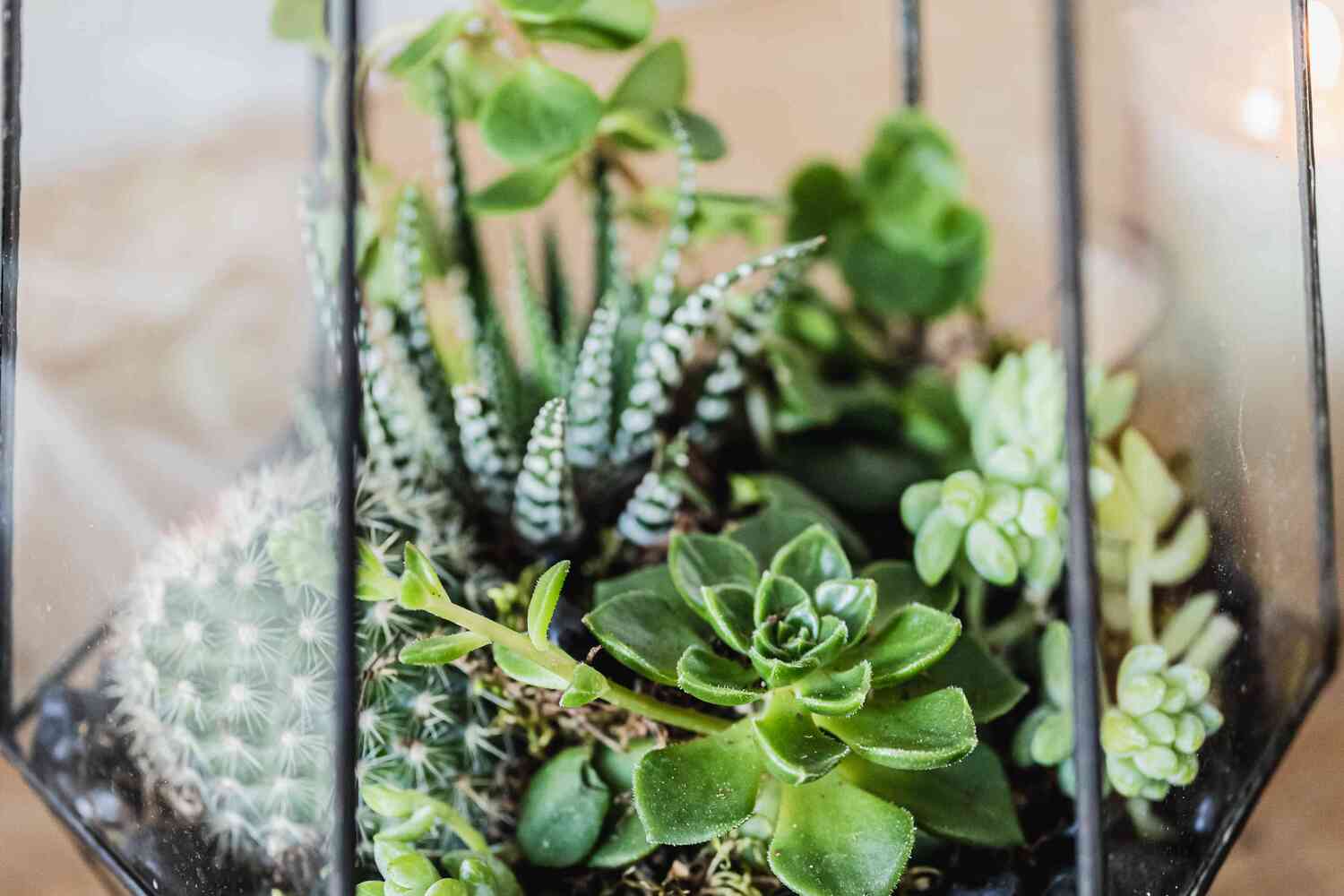

Ornamental Gardening
How To Plant Succulents In Glass
Modified: February 9, 2024
Learn the art of planting succulents in glass containers and create stunning ornamental gardens with our step-by-step guide. Perfect for those passionate about ornamental gardening!
(Many of the links in this article redirect to a specific reviewed product. Your purchase of these products through affiliate links helps to generate commission for Chicagolandgardening.com, at no extra cost. Learn more)
Table of Contents
Introduction
Welcome to the world of ornamental gardening, where you can transform your space into a stunning oasis filled with the beauty of nature. One popular way to add a touch of elegance to your garden and indoor spaces is by planting succulents in glass containers. The combination of the delicate and vibrant succulents with the transparent glass creates a visually appealing and modern aesthetic.
Not only do succulents in glass containers make for eye-catching displays, but they also provide numerous benefits. Succulents are known for their ability to thrive in dry conditions and require minimal maintenance, making them ideal for busy individuals or those with a less green thumb. Additionally, planting succulents in glass containers allows for better control over the soil mix and water drainage, creating a healthy environment for the plants to grow.
In this article, we will explore the art of planting succulents in glass containers, from selecting the perfect container and succulents to caring for them. Whether you are a seasoned gardener or a beginner looking to add some greenery to your space, this guide will provide you with all the information you need to create stunning succulent displays in glass.
Choosing the Right Glass Container
When it comes to planting succulents in glass containers, selecting the right container is crucial. The container will not only serve as a decorative element but also provide the necessary conditions for the succulents to thrive. Here are a few factors to consider when choosing a glass container:
- Size: Choose a glass container that is appropriate for the size of the succulents you intend to plant. If you have small succulents, opt for a smaller container to prevent overcrowding. Larger succulents, on the other hand, require larger containers that allow them to spread their roots.
- Shape: Consider the shape of the container and how it will affect the overall aesthetic. Glass containers come in various shapes, such as bowls, jars, and terrariums. Some shapes may be more suitable for certain succulent varieties, so choose one that complements the plants you have selected.
- Transparency: Opt for a transparent glass container that allows for maximum light exposure. Succulents require ample sunlight to thrive, and a transparent container will ensure they receive the necessary light for photosynthesis.
- Drainage: Look for a glass container with drainage holes or the ability to create them. Proper drainage is vital for succulents, as it prevents water from pooling at the bottom and causing rot. If the chosen container does not have drainage holes, you can add a layer of pebbles at the bottom to improve drainage.
- Material: Glass containers come in a variety of materials, such as clear glass, colored glass, or even recycled glass. Consider the aesthetics and the overall vibe you want to create in your space when selecting the container material.
By taking these factors into consideration, you can choose a glass container that not only enhances the beauty of your succulents but also provides the optimal growing conditions for them.
Selecting the Perfect Succulents
When it comes to planting succulents in glass containers, selecting the right succulents is essential for a successful and visually appealing arrangement. Here are some tips for choosing the perfect succulents:
- Size and Growth Habit: Consider the size and growth habit of the succulents you want to plant. Different species and varieties of succulents have varying growth habits, ranging from compact rosettes to trailing vines. Choose succulents that will not outgrow the glass container and will complement each other in terms of size and form.
- Variety and Colors: The beauty of succulents lies in their diverse shapes, textures, and colors. Select a combination of succulents that offer a mix of different varieties and shades. This will add visual interest and create a dynamic arrangement in the glass container.
- Light Requirements: Consider the lighting conditions in the area where you plan to display the succulents. Some succulents thrive in bright, direct sunlight, while others prefer partial shade. Be mindful of the light requirements of the succulents you choose and ensure they will receive the appropriate amount of light in their new glass home.
- Hardiness: Check the hardiness zone of the succulents to ensure they will thrive in your climate. Glass containers can intensify temperatures, so it’s essential to choose succulents that can tolerate the conditions in your region.
- Contrasting Textures: Mix succulents with varying textures to create an interesting and eye-catching display. Combine smooth, spiky, and fuzzy succulents to achieve a visually appealing arrangement in your glass container.
Remember, the key to selecting the perfect succulents is to choose a variety that not only works well together but also suits the growing conditions and aesthetic preferences for your glass container display.
Preparing the Glass Container
Before planting succulents in a glass container, it’s important to properly prepare the container to create a suitable environment for the plants to thrive. Follow these steps to prepare your glass container:
- Clean the Container: Start by thoroughly cleaning the glass container with warm, soapy water. Remove any dirt, dust, or residue from the container’s surface. This will help ensure a clean and hygienic environment for your succulents.
- Add Drainage: If your glass container does not have drainage holes, it’s crucial to provide an alternate drainage solution. Create a layer of drainage by adding small pebbles, gravel, or broken pottery pieces at the bottom of the container. This helps prevent water from pooling at the bottom and causing root rot.
- Consider a Layer of Activated Charcoal: Adding a thin layer of activated charcoal on top of the drainage layer can help absorb excess moisture and keep the container fresh. This step is optional but can be beneficial, particularly in closed terrarium-style containers.
- Choose the Right Soil: Select a well-draining soil mix specifically formulated for succulents or cacti. Avoid standard potting soil, as it retains too much moisture, which can lead to root rot. The soil should be loose and well-aerated to allow for proper root growth.
- Fill the Container: Fill the glass container with the prepared soil mix, leaving enough space at the top for planting your succulents. Gently tap the container to settle the soil and remove any air pockets.
By properly preparing the glass container, you are creating a favorable environment for your succulents to thrive. The addition of drainage and the right soil mix will ensure proper water flow and prevent the succulents from sitting in excess moisture, which can lead to root rot.
Creating the Optimal Soil Mix
One of the critical factors for successfully growing succulents in a glass container is creating the right soil mix. Succulents have unique soil requirements because they prefer well-draining soil that prevents water from sitting around the roots. Here’s how you can create the optimal soil mix for your succulents:
- Start with a Sandy Base: Begin by using a well-draining base material such as coarse sand or perlite. This promotes drainage and prevents water from pooling around the roots of the succulents.
- Mix in Organic Matter: Incorporate some organic matter into the soil mix, such as compost or well-rotted manure. This helps improve the soil’s fertility and provides essential nutrients for the succulents.
- Add Pumice or Vermiculite: To further enhance the drainage capabilities of the soil, you can mix in pumice or vermiculite. These light and porous materials help prevent compaction and allow for better airflow within the soil.
- Consider Adding Coco Coir: Coco coir is a sustainable alternative to peat moss, which helps retain moisture in the soil while still allowing for good drainage. Adding a small amount of coco coir can improve water retention without overly saturating the soil.
- Avoid Peat-based Mixes: Avoid using peat-based mixes, as they tend to retain too much moisture and can lead to root rot in succulents. Opt for well-draining materials instead.
Remember to achieve a balance between good drainage and moisture retention when creating the soil mix. The goal is to have a loose, well-draining soil that allows for adequate root aeration while still holding enough moisture for the succulents to thrive.
Planting Succulents in Glass Containers
Now that you have chosen the perfect glass container and prepared the soil mix, it’s time to plant your succulents. Follow these steps to ensure successful planting:
- Select the Right Spot: Choose a location for your glass container that receives bright, indirect sunlight. Avoid placing it in direct sunlight, as the intense heat can cause the glass to heat up, potentially damaging the succulents.
- Arrange the Succulents: Before planting, arrange the succulents on top of the soil to decide on their placement. Consider their sizes, colors, and growth habits to create an aesthetically pleasing arrangement.
- Planting Depth: Dig small holes in the soil mix to accommodate the roots of each succulent. Ensure that the planting depth is such that the succulent sits at the same level it was in its original container.
- Remove Excess Soil: Gently remove any excess soil from the roots of the succulents before placing them in the holes. This will help prevent overcrowding and ensure proper root development.
- Plant and Firm: Place each succulent in its designated hole and gently press the soil around the roots to secure it. Be careful not to over-pack the soil, as this can hinder drainage.
- Water Thoroughly: After planting, give the succulents a thorough watering to settle the soil and remove any air pockets. Allow the soil to drain completely and empty any excess water from the drainage holes.
Once you have planted your succulents, be patient and resist the urge to water them frequently. Succulents are desert plants that thrive in dry conditions, and overwatering can lead to root rot. Water only when the soil is completely dry, typically every 1-2 weeks, depending on the succulent species and environmental conditions.
Caring for Succulents in Glass
Caring for succulents in glass containers requires attention to their specific needs. While these plants are known for their resilience, proper care will help them thrive. Here are some essential tips:
- Light: Succulents love bright, indirect sunlight. Place your glass container near a window or in a spot that receives plenty of natural light. Rotate the container periodically to ensure even light exposure and prevent lopsided growth.
- Watering: Succulents prefer infrequent watering. Allow the soil to dry out between waterings to prevent overwatering, which can lead to root rot. When watering, thoroughly soak the soil and let any excess water drain out. Empty the drainage tray to prevent standing water.
- Temperature and Humidity: Succulents thrive in warm, dry conditions. They prefer temperatures around 60-75°F (15-24°C). Avoid exposing them to extreme temperature fluctuations or drafts, as this can stress the plants.
- Fertilizing: Succulents have relatively low nutrient requirements. Use a balanced, water-soluble fertilizer diluted to half-strength and apply it during the growing season (spring and summer). Follow the instructions on the fertilizer package for proper dosage.
- Pruning: Remove any dead or withered leaves as they appear to maintain the plant’s appearance and promote healthy growth. Pruning can also help prevent overcrowding and improve air circulation around the plants.
- Pest Control: Monitor your succulents for signs of pests, such as mealybugs or aphids. If you notice any infestations, treat them promptly with insecticidal soap or rubbing alcohol to prevent further damage.
- Monitor Growth: Keep an eye on the growth of your succulents in the glass container. If you notice that they are outgrowing the container or becoming overcrowded, consider repotting them into a larger container to give their roots more room to grow.
Remember, succulents have unique adaptations that allow them to store water in their leaves, stems, or roots. These adaptations make them resilient, but it’s important to provide proper care for them to thrive in a glass container.
Common Mistakes to Avoid
While planting and caring for succulents in glass containers is relatively straightforward, there are some common mistakes that can hinder their growth and overall health. By being aware of these mistakes, you can ensure the success of your succulent display. Here are some common mistakes to avoid:
- Overwatering: Succulents are adapted to survive in arid conditions and do not tolerate excessive moisture. Avoid overwatering your succulents, as this can lead to root rot. Only water when the soil is completely dry.
- Insufficient Drainage: Proper drainage is crucial for the health of succulents. Ensure your glass container has adequate drainage holes or create a drainage layer at the bottom. This prevents water from pooling and causing root rot.
- Using the Wrong Soil Mix: Succulents require a well-draining soil mix. Avoid using regular potting soil, which retains too much moisture. Opt for a specialized succulent or cactus soil mix, or create your own with sand, perlite, and organic matter.
- Placing in Direct Sunlight: While succulents need bright light, placing them in direct sunlight can cause the glass container to heat up and potentially damage the plants. Position the container in a location with indirect sunlight or provide some shade during the hottest parts of the day.
- Overcrowding: Succulents need space to grow and spread their roots. Avoid overcrowding the glass container, as this can lead to competition for resources and hinder their growth. Give each succulent enough room to thrive.
- Ignoring Pests: Succulents can be susceptible to pests such as mealybugs, aphids, or spider mites. Keep a close eye on your plants and take immediate action if you notice any signs of infestation. Treat pests promptly to prevent them from spreading to other succulents.
- Neglecting Regular Maintenance: Succulents are low-maintenance plants, but they still require some care. Regularly remove dead leaves, monitor their growth, and adjust watering and lighting as needed. Neglecting these tasks can lead to poor health and subpar growth.
By avoiding these common mistakes, you can provide optimal care for your succulents in glass containers and enjoy their beauty for years to come.
Conclusion
Planting and caring for succulents in glass containers is a wonderful way to add a touch of elegance and natural beauty to any space. With their unique colors, textures, and shapes, succulents create visually stunning displays that can instantly transform your indoor or outdoor areas. By following the right steps and avoiding common mistakes, you can ensure the success of your succulent arrangements.
Choosing the right glass container, selecting the perfect succulents, and preparing the container with proper drainage are essential to creating a healthy environment for your plants. Creating an optimal soil mix and planting the succulents at the appropriate depth further supports their growth and development. Once planted, providing the right amount of light, water, and temperature, along with regular maintenance, will help your succulents thrive.
Remember, succulents prefer drier conditions, so do not overwater them. Their resilience and low maintenance nature make them ideal for individuals with busy schedules or less gardening experience. With just a little care and attention, your succulents will flourish and bring a sense of serenity and beauty to your space.
So why wait? Start your ornamental gardening journey today by planting succulents in glass containers and enjoy the rewards of their vibrant and captivating presence.
